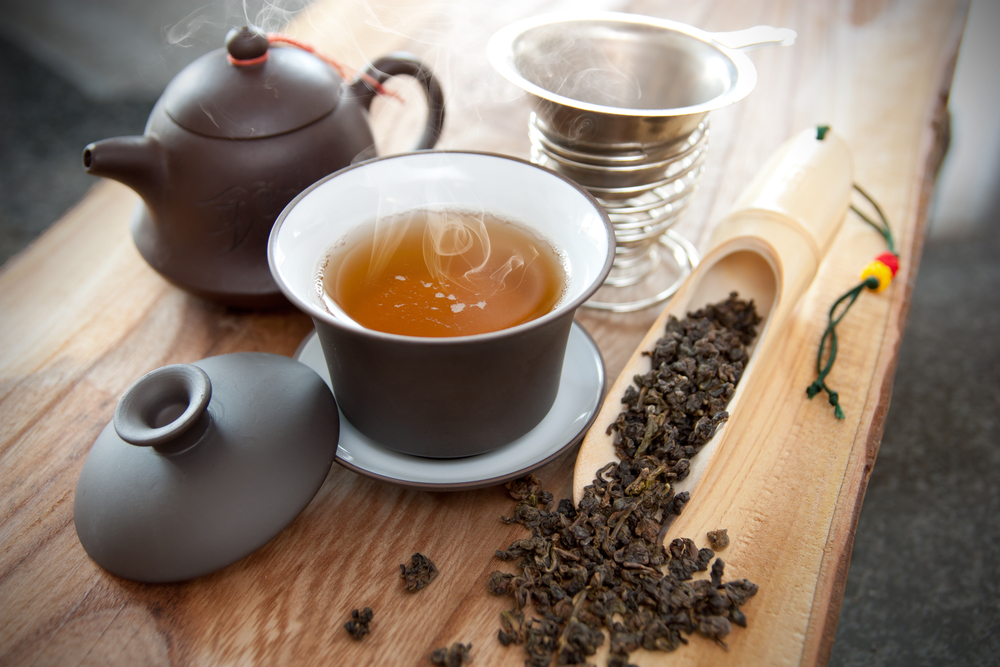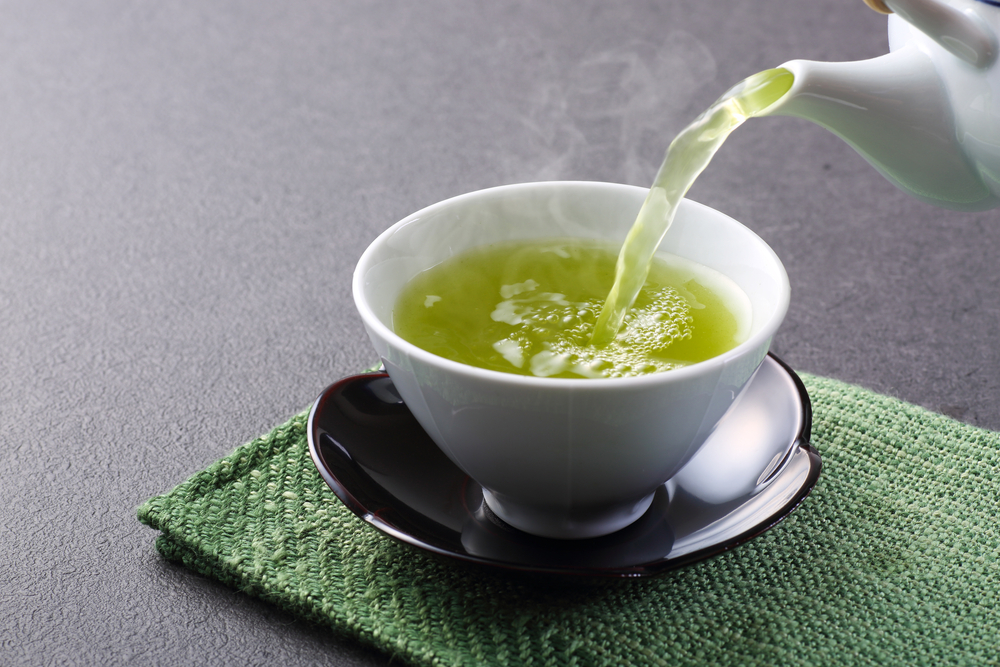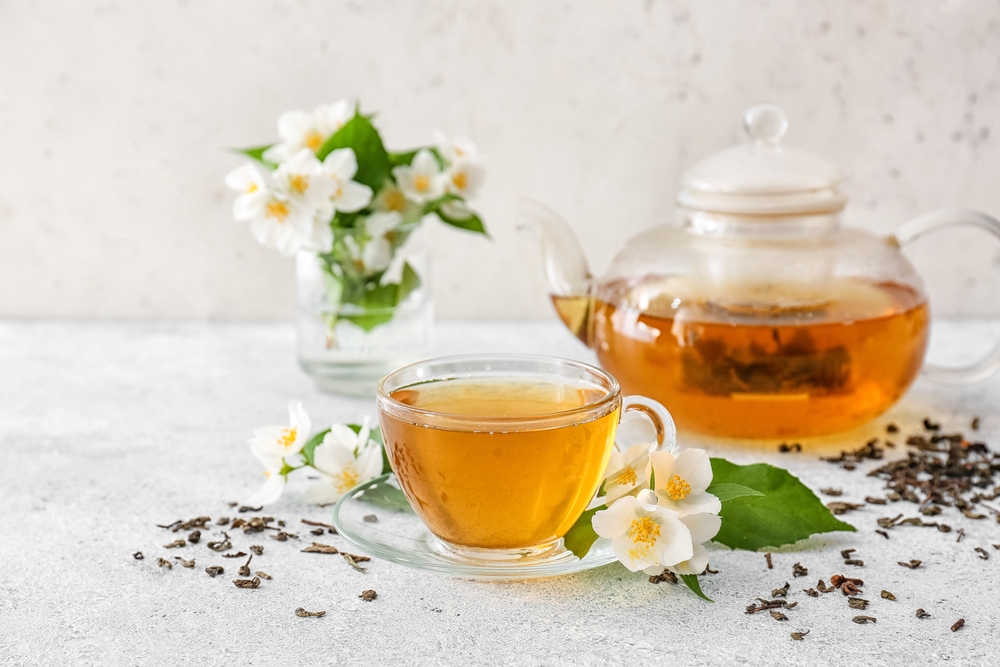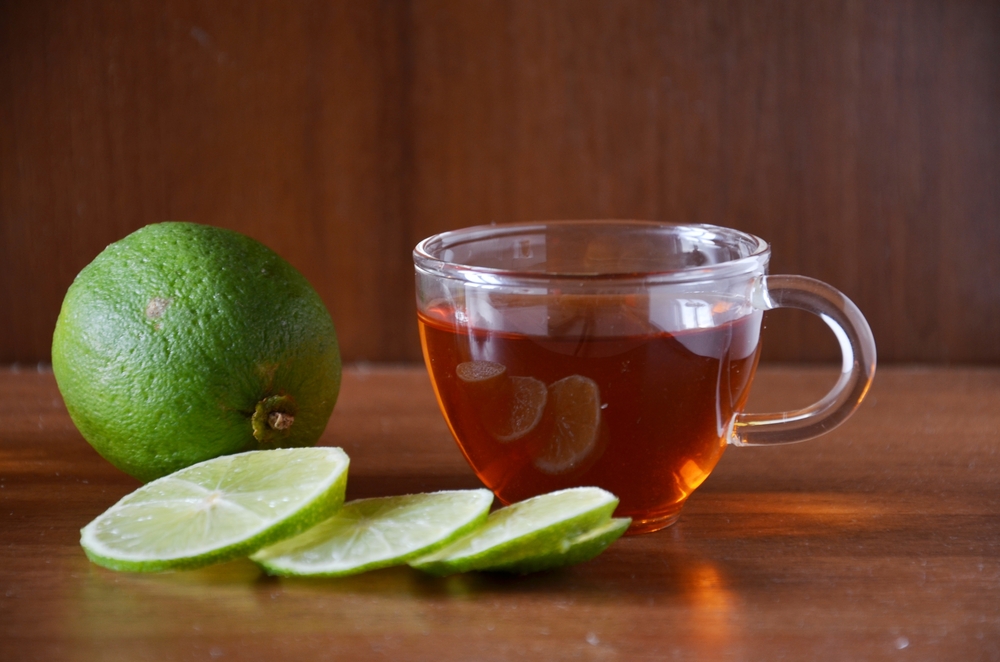I have always been fascinated by the variety and complexity of teas. Recently, I have been exploring the world of white tea, a delicate and subtle tea that is harvested at the start of the season.
As I delved deeper into the world of white tea, I wondered what it tastes like and how it differs from other teas. In this article, I will share my findings and answer the question, “What does white tea taste like?”

White tea is a type of tea that is known for its delicate flavor and low caffeine content. It is made from the same tea plant as black and green tea, but it is harvested at an earlier stage, when the tea leaves and buds are still young.
White tea is not oxidized, which gives it a lighter flavor and a subtle sweetness. It is often described as having floral notes, with hints of vanilla, honey, and fruit.
Key Takeaways
- White tea has a delicate flavor and is naturally low in caffeine.
- It is harvested at the start of the season and is made from young tea leaves and buds.
- White tea has subtle floral notes and a natural sweetness that sets it apart from other teas.
Understanding White Tea
As a tea lover, I have always been fascinated by the different types of tea available. White tea is one of the most delicate and unique types of tea, and it is made from the young leaves and buds of the Camellia sinensis plant.
In this section, I will share some information about white tea, including its taste, processing, and origin.
White tea is minimally processed, and it is harvested before the leaves fully open. The tea leaves are picked by hand and then left to wither in the sun for a few hours. After that, the leaves are gently rolled and dried. The minimal processing of white tea allows it to retain its natural sweetness and delicate flavor.
White tea originated in Fujian province in China, where it has been produced for centuries. The most famous white tea from Fujian is Baihao Yinzhen, also known as Silver Needle. This tea is made from the young leaves and buds of the tea plant, and it is covered in downy hair, which gives it a unique appearance.
White tea is also produced in other parts of the world, including Darjeeling in India. Darjeeling white tea is made from the young leaves and buds of the tea plant, and it has a delicate flavor with floral notes.
The taste of white tea is subtle and delicate, with a slightly sweet and floral flavor. It is less bitter than other types of tea, such as black or green tea. The leaves are picked when they are young and still covered in silvery-white hairs, which is why it gets its name.
White tea is available in loose leaf form as well as in tea bags. However, it is important to note that the quality of white tea can vary depending on the processing and harvesting methods used. It is best to purchase white tea from a reputable source to ensure that you are getting a high-quality product.
The Taste Profile of White Tea
White tea has a delicate flavor that is light, fresh, and refreshing. It is often described as having a sweet taste with fruity and floral notes, including hints of honey. The flavor of white tea is subtle and not as strong as other teas, making it a perfect choice for those who prefer a milder taste.
Because of its delicate flavor, white tea is best enjoyed without milk or sugar. Unlike black and green teas, white tea is not oxidized, so it retains its natural sweetness. The leaves are picked when they are young and still covered in silvery-white hairs, which is why it gets its name.
White teas made from larger leaves and stems tend to have a grassy or vegetal taste with hints of nuttiness. They are often slightly more oxidized than their sweeter counterparts. Some white teas, especially those grown in the Yunnan province of China, have a woody or smoky taste profile.
White tea can also be slightly astringent. However, it is a refreshing and light tea that is perfect for any time of day. Its natural sweetness and delicate flavor make it a popular choice among tea lovers.
In summary, the flavor of white tea is sweet, delicate, and refreshing. It has fruity and floral notes, including hints of honey, and is best enjoyed without milk or sugar. White tea can be slightly astringent and has a subtle taste profile that is not as strong as other teas.
Brewing White Tea
Brewing white tea requires a bit of attention to detail, but with the right tools and techniques, you can enjoy a perfect cup of white tea every time. Here are some tips for brewing white tea:
- Use a kettle to heat water to around 170 to 185°F (76 to 85°C). Avoid using boiling water as it can ruin the delicate flavor of white tea.
- Use a teaspoon of loose tea leaves for every 8 ounces of water. You can also use an infuser to make it easier to steep the tea leaves.
- Steep the tea leaves for 1 to 3 minutes. The exact steeping time will depend on the type of white tea you are using and your personal preference.
- White tea is best enjoyed without milk or sugar, as it has a naturally sweet and delicate flavor.
- If you prefer a stronger flavor, you can use more tea leaves or steep for a longer period. However, be careful not to over-steep the tea, as this can make it bitter.
- You can also try brewing white tea with cooler water for a longer period. This method can bring out more of the tea’s natural flavor and sweetness.
- If you are new to brewing white tea, start with a small amount and experiment with different brewing times and temperatures until you find the perfect combination for your taste.
By following these brewing tips, you can enjoy a perfectly brewed cup of white tea that showcases its subtle and delicate flavor.
Comparing White Tea with Other Teas
As a tea enthusiast, I have tried various types of tea, including green tea, black tea, oolong, and blends. While each type of tea has its unique taste and aroma, white tea stands out for its delicate and subtle flavor.
Compared to green tea, which can have a slightly grassy taste, white tea is lighter and has a more floral and fruity taste. It is not as bitter as green tea and does not require any sweeteners to enjoy.
The natural sweetness of white tea comes from the fact that it is not oxidized like black tea, which makes it a healthier option.
Black tea, on the other hand, has a robust and strong flavor. It is often enjoyed with milk and sugar, which can mask its bitterness. White tea, being a lighter tea, is best enjoyed without any additives to fully appreciate its unique taste.
Oolong tea is somewhere between green tea and black tea in terms of flavor and oxidation level. It has a nutty and floral taste, which can vary depending on the degree of oxidation. While oolong tea is a popular choice, white tea offers a more delicate and refreshing taste.
Blends are also a popular choice for tea lovers. Blends can include a mix of different teas, herbs, and spices, which can create a unique and complex flavor profile. However, white tea is often used as a base for blends because of its light and subtle taste.
Overall, while each type of tea has its unique flavor and aroma, white tea offers a delicate and refreshing taste that stands out from the rest.
Storing and Buying White Tea
When it comes to storing white tea, it’s important to keep it in a cool, dry place away from direct sunlight. This will help to preserve its delicate flavor and aroma. It’s also important to store it in an airtight container to prevent it from absorbing any unwanted odors or moisture.
If you’re buying white tea, there are a few things to keep in mind. First, make sure you’re buying from a reputable source. Look for a company that specializes in tea and has a good reputation for quality. You can also look for certifications such as Fair Trade or Organic to ensure that the tea has been ethically sourced.
White tea can be quite expensive compared to other types of tea, so it’s important to make sure you’re getting your money’s worth. Look for teas that are made from high-quality leaves, and avoid teas that have been blended with other ingredients.
One thing to keep in mind when buying white tea is that it can vary widely in flavor depending on where it was grown and how it was processed. Some white teas are more floral, while others are more fruity or citrusy. It’s a good idea to try a few different types to find one that suits your taste.
Overall, storing and buying white tea is relatively straightforward. Just make sure to keep it in a cool, dry place and buy from a reputable source. And don’t be afraid to experiment with different types to find one that you love.
Health Benefits of White Tea
As a tea lover, I always want to know more about the health benefits of my favorite beverage. White tea is no exception. Here are some of the health benefits of white tea that I have discovered:
- Rich in antioxidants: White tea is rich in antioxidants, which can help protect your body from free radicals. Free radicals can cause damage to your cells, which can lead to various health problems. Antioxidants can help prevent this damage and keep you healthy.
- Good for heart health: White tea has been shown to be good for heart health. It can help lower blood pressure and reduce the risk of heart disease. This is because it contains flavonoids, which can help improve blood flow and reduce inflammation.
- Improves cognitive function: White tea has been shown to improve cognitive function. It contains caffeine, which can help improve alertness and concentration. It also contains L-theanine, which can help reduce stress and anxiety.
- Promotes relaxation: White tea can also promote relaxation. It contains theanine, which can help reduce stress and promote a sense of calm.
- Anti-inflammatory properties: White tea has anti-inflammatory properties, which can help reduce inflammation in the body. This can help prevent various health problems, such as arthritis, heart disease, and cancer.
- Low caffeine content: White tea has a lower caffeine content than other types of tea, such as black tea and green tea. This makes it a good choice for people who are sensitive to caffeine.
Overall, white tea is a healthy and delicious beverage that can provide numerous health benefits. Incorporating it into your daily routine can help improve your overall health and well-being.
Pairing White Tea
When it comes to pairing white tea, there are a lot of options to consider. White tea is a delicate tea with a subtle flavor, making it a versatile tea that can be paired with a variety of foods and ingredients.
One classic pairing for white tea is with scones. The light and sweet flavor of white tea pairs well with the buttery and crumbly texture of scones. You can also add a dollop of cream or jam to your scones for an extra touch of sweetness.
White tea can also be paired with other ingredients, such as light-flavored seafood or white fish. A good example here is lightly-sauteed seafood or white fish. Should you make white tea a tad stronger, a squeeze of lemon would also be a good pair to enhance the drink.
The floral and fruity notes of white tea complement the delicate flavors of seafood, making it a refreshing and light pairing.
If you’re looking for a simple tea break, white tea is a great choice. Its subtle flavor and light body make it a refreshing and satisfying beverage on its own. You can also add a touch of honey or lemon to your white tea for an extra burst of flavor.
Overall, white tea is a versatile tea that can be paired with a variety of foods and ingredients. Whether you’re enjoying a tea break or pairing it with your favorite foods, white tea is a refreshing and light choice that is sure to please.
White Tea Varieties
As I mentioned earlier, white tea is made from the Camellia sinensis plant, just like black and green tea. However, it is the least processed of all the tea types. Here are a few popular white tea varieties and what they taste like:
Silver Needle
Silver Needle, also known as Bai Hao Yinzhen, is one of the most famous white teas. It is made from the young, tender buds of the tea plant and is known for its delicate, sweet taste and floral aroma.
The leaves are covered in silvery-white hairs, which is how the tea gets its name. Silver Needle has a light, refreshing flavor and is often described as having a slightly nutty finish.
White Peony
White Peony, also known as Bai Mu Dan, is another popular white tea. It is made from the young leaves and buds of the tea plant and has a slightly stronger flavor than Silver Needle. White Peony has a sweet, fruity taste with a slightly floral aroma. It is also known for its smooth, mellow finish.
Loose Leaf
White tea is often sold as loose leaf tea, which means that the leaves are not packed into tea bags. Loose leaf white tea is known for its delicate flavor and subtle sweetness. It is often brewed in a teapot or infuser and can be enjoyed on its own or with a little honey or lemon.
Body
White tea has a light, delicate body, which means that it is not as heavy or full-bodied as black tea. However, it is not as light as green tea either. White tea has a unique texture and mouthfeel that is often described as smooth and silky.
Overall, white tea is a light, refreshing tea with a delicate flavor and subtle sweetness. It is a great choice for those who prefer a milder tea or who are new to tea drinking.
Frequently Asked Questions
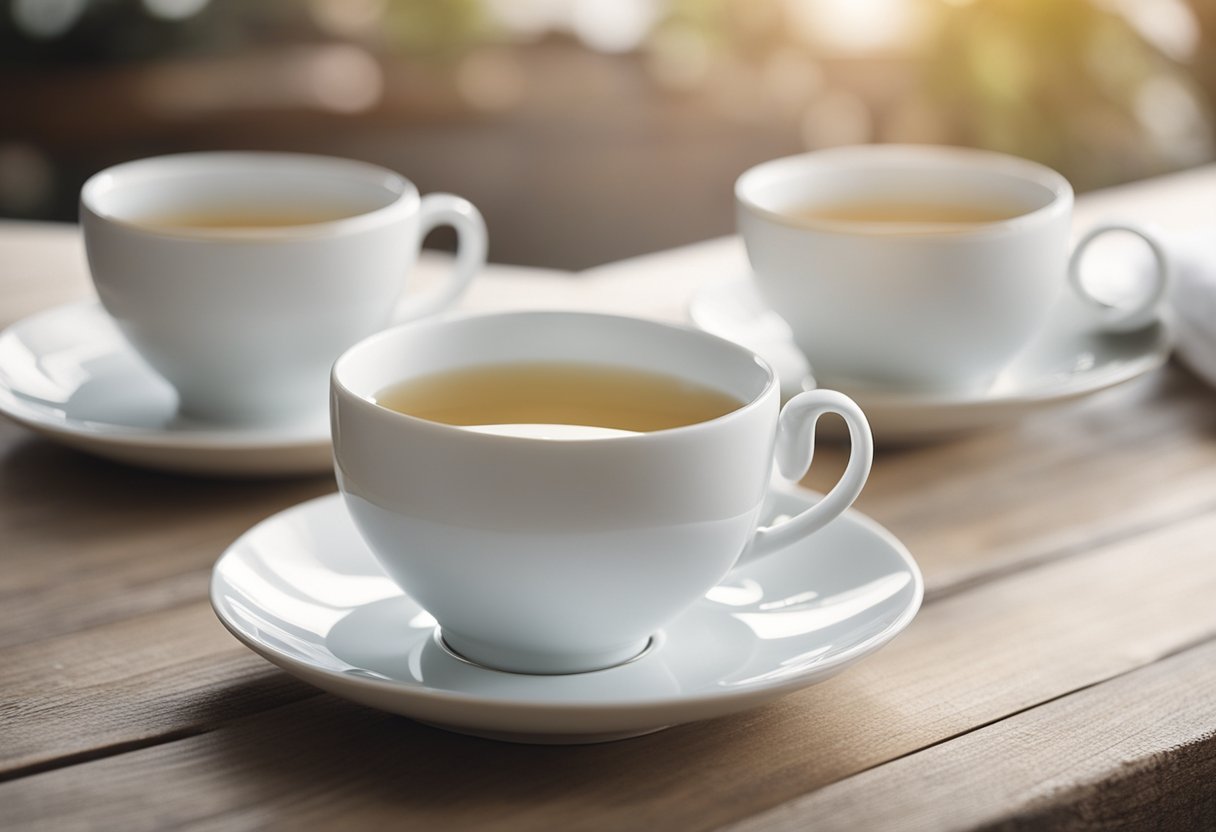
What are the different types of white tea?
There are several different types of white tea, including Bai Hao Yinzhen (Silver Needle), Bai Mudan (White Peony), Gongmei (Tribute Eyebrow), and Shoumei (Longevity Eyebrow). Each type of white tea has its own unique flavor profile and aroma.
What is the taste profile of white tea?
White tea has a delicate and nuanced flavor profile. It is often described as having floral, fruity, or honey-like notes, with a subtle sweetness and a mild, refreshing aftertaste. The taste of white tea can vary depending on the specific type of tea, as well as factors such as the growing conditions and processing methods used.
How does white tea compare to green tea?
While both white tea and green tea come from the same plant, Camellia sinensis, they are processed differently. White tea is made from the youngest leaves and buds of the tea plant, which are picked before they are fully open.
Green tea, on the other hand, is made from leaves that have been allowed to mature more fully. As a result, white tea has a milder flavor and lower caffeine content than green tea.
What are the health benefits of drinking white tea?
White tea is rich in antioxidants, which can help protect the body against damage from free radicals. It may also have anti-inflammatory and anti-cancer properties, and has been shown to improve cardiovascular health and reduce the risk of stroke.
However, more research is needed to fully understand the health benefits of white tea.
Is white tea clear in color?
Yes, white tea is typically clear or very light in color. This is because it is made from the youngest leaves and buds of the tea plant, which have not had time to oxidize or develop a darker color.
Does white tea taste different than black tea?
Yes, white tea has a different taste profile than black tea. While black tea is typically stronger and more robust, with a bold, full-bodied flavor, white tea is much milder and more delicate, with a subtle sweetness and a refreshing aftertaste.


